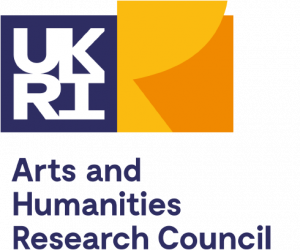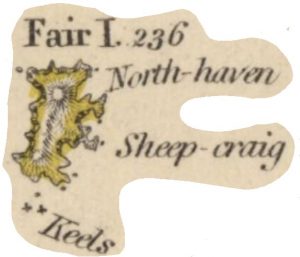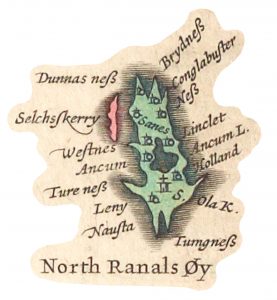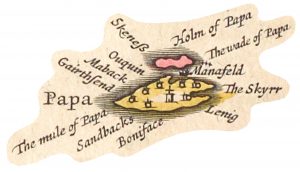
01/05/2024, by aezcr
Ragna’s Islands: A New Saga
Ragna’s Islands is the latest in a series of AHRC-funded projects initiated by The Centre for the Study of the Viking Age exploring the Viking Age history and Norse culture of different parts of Britain and Ireland.
parts of Britain and Ireland.  In 2013-14, Languages, Myths and Finds sent teams of academics and students to Cleveland, Dublin, the Hebrides, the Isle of Man and Munster to engage with local communities and heritage professionals about the evidence for their Viking heritage. The booklets they produced can be downloaded here. In 2017-18, Bringing Vikings Back to the East Midlands organised a series of events and displays around a travelling British Museum/York Museums Trust exhibition on the Vikings and produced a website and virtual museum highlighting evidence from the East Midlands. There is even an East Midlands link to the latest project.
In 2013-14, Languages, Myths and Finds sent teams of academics and students to Cleveland, Dublin, the Hebrides, the Isle of Man and Munster to engage with local communities and heritage professionals about the evidence for their Viking heritage. The booklets they produced can be downloaded here. In 2017-18, Bringing Vikings Back to the East Midlands organised a series of events and displays around a travelling British Museum/York Museums Trust exhibition on the Vikings and produced a website and virtual museum highlighting evidence from the East Midlands. There is even an East Midlands link to the latest project.
Ragna’s Islands continues this tour around Britain and Ireland with a project focused on northern Scotland and particularly the Orkney Isles. The centrepiece is a new scholarly translation of Orkneyinga saga reimagined for the 21st century and providing new readings of the saga narrative.
As the earliest and most reliable textual source for northern Scotland in the Viking Age and Norse period, the saga translation is aimed at workers in the heritage and tourism industries, local residents, and the interested general public, as well as academics in several fields.  Members of the project team will engage with these groups to transform interdisciplinary research, shape archaeological and place-names research agendas in northern Scotland, and involve and inspire island communities. The public engagement will focus in particular on three small islands in the Northern Isles archipelago (Fair Isle, North Ronaldsay, and Papa
Members of the project team will engage with these groups to transform interdisciplinary research, shape archaeological and place-names research agendas in northern Scotland, and involve and inspire island communities. The public engagement will focus in particular on three small islands in the Northern Isles archipelago (Fair Isle, North Ronaldsay, and Papa  Westray, locally known as Papay). According to the saga, a formidable woman called Ragna owned both North Ronaldsay and Papay in the twelfth century, and she has given her name to the project.
Westray, locally known as Papay). According to the saga, a formidable woman called Ragna owned both North Ronaldsay and Papay in the twelfth century, and she has given her name to the project.
The academic work on the project will ensure that the notes, introduction and other explanatory apparatus to the translation will be fully up-to-date according to the latest archaeological, historical and linguistic research. This will be done through archival work, fieldwork in Orkney and Fair Isle, and knowledge exchange with appropriate experts. The new translation will transform archaeological research in the islands by providing a sound base for exploring new sites and suggesting new projects. A full database of place-names will stimulate further research into what these names tell us about settlement and cultural history of the Norse and Viking periods in northern Scotland. Together with the new translation, this work will feed into various forms of public engagement, filling significant gaps in local knowledge about island histories by creating new resources for interpreting this history together with island residents as well as experts. A poet will be engaged to stimulate saga- and island-based creativity, and new resources will be developed for primary school children in their studies of the Viking Age in their home region.
database of place-names will stimulate further research into what these names tell us about settlement and cultural history of the Norse and Viking periods in northern Scotland. Together with the new translation, this work will feed into various forms of public engagement, filling significant gaps in local knowledge about island histories by creating new resources for interpreting this history together with island residents as well as experts. A poet will be engaged to stimulate saga- and island-based creativity, and new resources will be developed for primary school children in their studies of the Viking Age in their home region.
The project team consists of Professor Judith Jesch, Dr Matthew Blake and Corinna Rayner, with contributions from Dr Colleen Batey, Professor Jayne Carroll, Charlotte Eichler, Professor David Griffiths and Dr Stephen Harrison.
No comments yet, fill out a comment to be the first

Leave a Reply